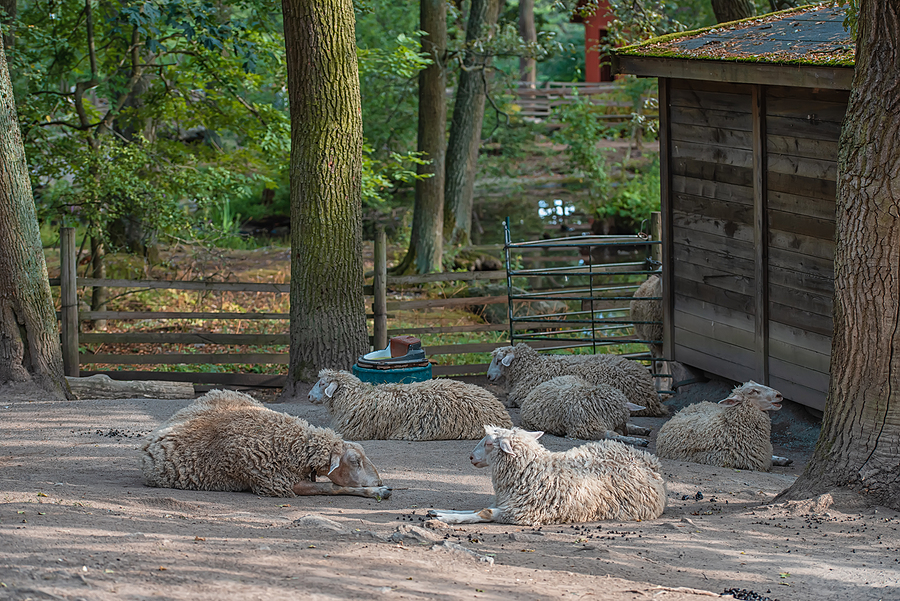Being at the forefront of wool sheds that are developed from the start is an exciting venture. It is something of a blank canvas to position utilities and maximise space where appropriate. However, there are also a number of challenges and obstacles that professionals have to overcome to achieve their ideal shearing enterprise. We will pass over key points of advice that shape success in this industry.
Focusing on Compliance Measures
Local operators hoping to create a thriving shearing environment will need to set boundaries and ensure they are working in accordance with public regulation. Those locations who fall foul of the rules can be penalised across any number of penalties, leaving them exposed and with a damaged brand. By coordinating these procedures with compliance representatives and obtaining key information on development demands, owners will have peace of mind that their investment will pass any type of test from regulatory bodies.
Investing in Quality Infrastructure
On account of workplace efficiency and safety measure, these targets cannot be met with wool sheds unless there happens to be the type of infrastructure that supports those objectives. Stands, chutes, pens, gates, catchers and ramps have to be included on site, assisting participants who need to move the livestock from point A to point B on any given day. No shortcuts can be engaged in these settings because it will only create obstacles and threats that could have been avoided with some better planning in advance.
Establishing Budget
With other practitioners having learned their lesson about best practice in this industry, the key from their perspective is to align their dollars and cents to a budget that is feasible and sustainable. By gathering quotes from suppliers and reading price lists, individuals will begin to gauge what works for their bottom line and where the value for money is located. There will be enough variety in materials and frameworks to help members make an educated decision.
Future-Proofing Development
Taking a step back to look at the past 10 to 20 years with newly formed wool sheds, there are many similarities about how they are formed and some new innovations that improve safety and efficiency. In this regard, it is helpful to leave additional space where possible and to have procedures in place that allow the environment to be futureproofed for upgrades. This is not always possible with every installation, but there can be scope for flexibility when those improvements are required on site.
Introducing Expert Staff Support
For owners who want to be strategic with their investment, they have to ultimately rely on good people. These will be the professionals who undertake the shearing, the management and movement of stock at any given cycle. If they can be recruited carefully and diligently, it will help to bypass a lot of the mistakes and complications that arise during shearing sessions.
Conversations With Industry Peers
By having open and honest conversations with peers about their experiences in the field, this will be seen as an opportunity to assess their feedback and gather details that help to inform strategy. Some practitioners who are undertaking these projects already have those insights to rely upon, but others will be lacking in knowledge and need outside support to act as a guiding force. The creation of new wool sheds might appear like a straightforward exercise on paper, but the real life implementation is another challenge altogether, placing the emphasis on people who have been there and done it before.


